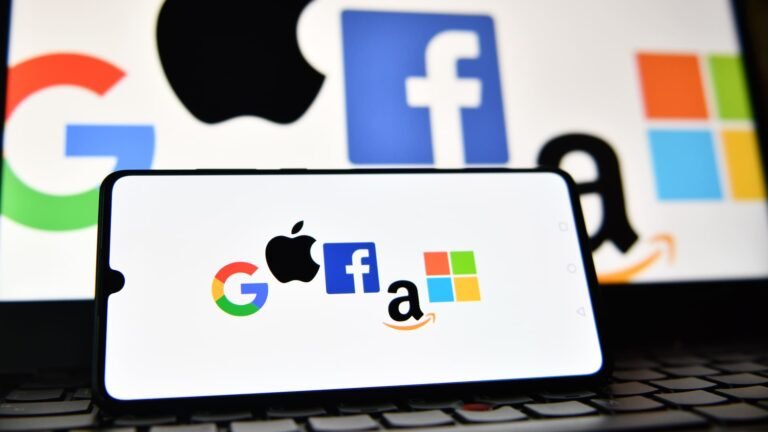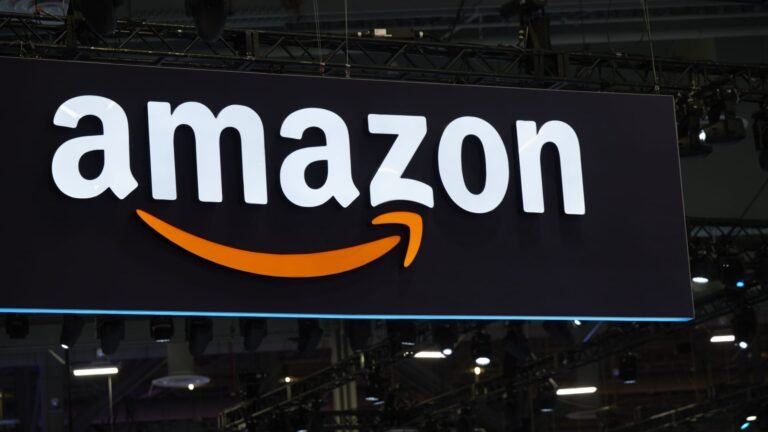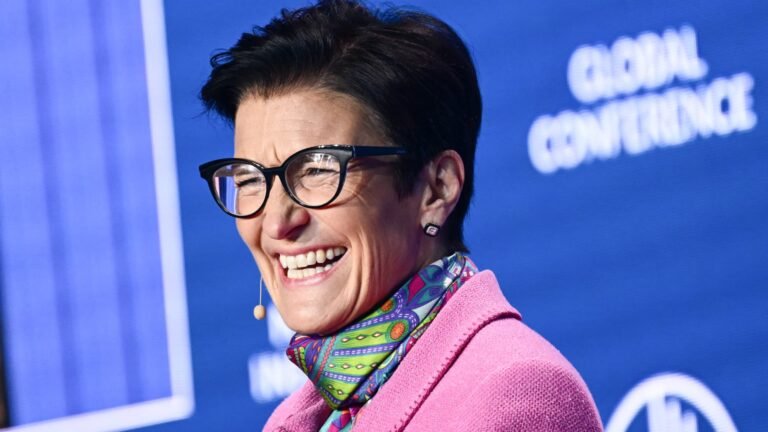
Companies are now able to provide their employees with a “match” on their student loan payments by contributing to their 401(k) plan, and a growing number of employers are utilizing this option. Traditionally, companies have matched 401(k) contributions based on employees’ voluntary savings in the retirement plan. For instance, if a worker saves 3% of their annual pay in a 401(k), the employer may match that amount.
Now, companies can consider a worker’s student loan payments as an elective 401(k) contribution. Federal law permits employers to match payments made towards student debt. Employees usually do not need to contribute to the 401(k) plan to be eligible for these funds. This provision, part of a retirement reform package known as Secure 2.0, became effective in 2024.
The aim of this policy is to assist workers in managing two financial responsibilities simultaneously: paying off debt and saving for retirement. Over 100 companies have implemented this benefit, covering nearly 1.5 million eligible employees, according to data from Fidelity, a major 401(k) plan administrator. Some of the prominent firms offering this benefit include Kraft, Workday, and News Corp.
Interest in this benefit has increased, partly due to Secure 2.0. Employers are considering adopting this benefit in 2025, with some already implementing it. The student loan-401(k) match is also available for other retirement plans like 403(b) or governmental 457(b) plans. The maximum amount of “qualified student loan payments” is typically limited by the annual salary deferral cap for 401(k) plans.
Some companies view the match program as a way to attract and retain college graduates in competitive fields. Employers may structure the benefit differently, and the match amount is determined by the employer’s match cap. Companies like Abbott have been offering similar benefits even before Secure 2.0, with more companies following suit. Despite the growing interest, many companies are still hesitant to adopt this measure for various reasons.




